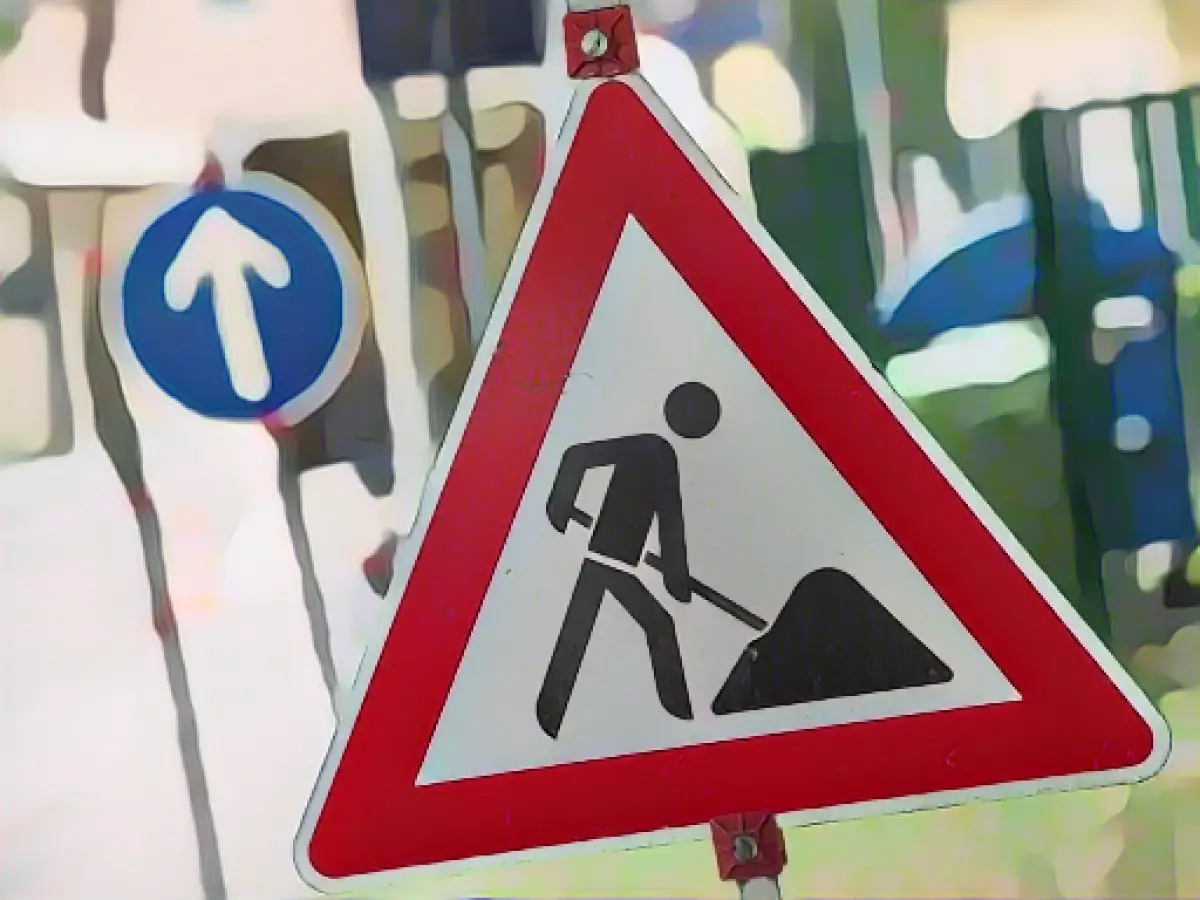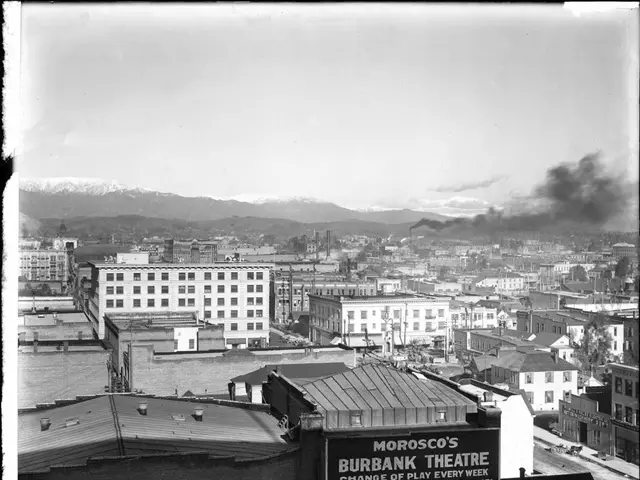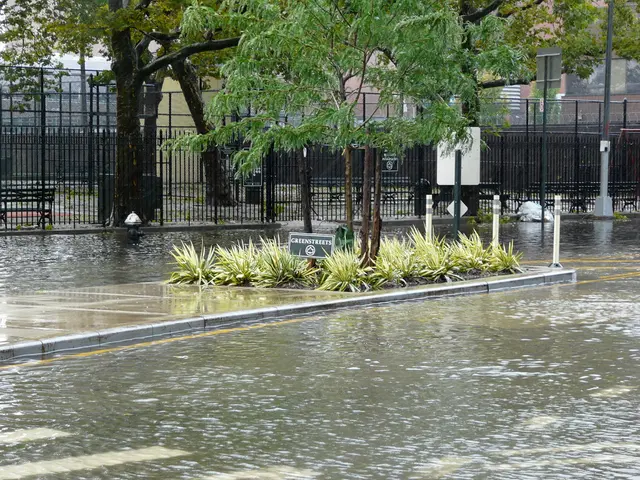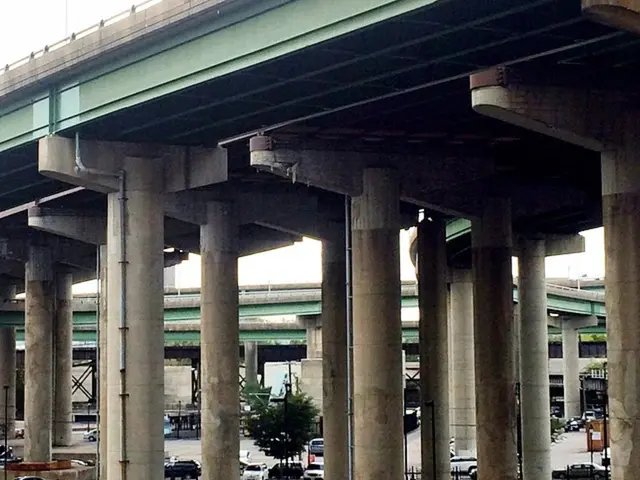Construction site mishap in Allgäu leaves one worker severely injured
In a harrowing turn of events, two construction workers suffered injuries while carrying out cable-laying work in the Allgäu region, specifically in Sigmarszell, Lindau district. The incident unfolded on Thursday, when the two men were working in a trench alongside a single-lane road. A passing truck apparently triggered a chunk of clay to slip from the ditch and fall on the workers, resulting in serious injuries. Colleagues acted swiftly to free the seriously hurt individual, who was promptly whisked away by air ambulance to the hospital.
Police are now investigating whether the trench's lack of soil security during the project was a contributing factor to the unfortunate incident. The ensuing investigation will help ascertain accountability.
The incident serves as an urgent reminder of the importance of safety measures in rural construction sites, even if they may not receive the same level of attention as urban projects.
With this particular event serving as a tragic reminder, here are some practical steps to improve soil safety measures in rural construction sites:
- Soil Analysis and Sampling: Unravel the soil's nature by conducting thorough soil testing, soil sampling, geotechnical surveys, Cone Penetration Testing (CPT), and Standard Penetration Test (SPT).
- Catalogue Potential Risks: Identify factors that can sway soil stability, such as weather conditions, vegetation, and soil composition (clay, silt, sand, or gravel). Proactively addressing these factors could decrease the risk of soil instability.
- Stabilization Techniques: Mechanically boost soil density and stability through techniques like soil compaction or by incorporating stabilizing agents, such as lime or cement.
- Drainage Solutions: Implement adequate drainage systems to manage water flow and reduce erosion, which can include channels and gutters.
- Geosynthetics and Chemical Stabilization: Utilize geosynthetics, such as geogrids and geomembranes, to reinforce and strengthen soils, or augment its composition with chemical stabilizers to improve its cohesion and strength.
- Protective Systems: Employ protective systems for trenches and excavations, like benching, sloping, shoring, and shielding, to ward off soil cave-ins and safeguard workers.
- Regular Monitoring and Maintenance: Regularly assess soil conditions and adjust measures as needed. This includes monitoring weather changes and fine-tuning drainage systems to avoid erosion and instability.
- Training and Awareness: Ensure that construction workers receive proper training on soil stability and safety measures. Empowering them with the necessary skills to recognize risks and appropriate countermeasures will help prevent accidents.
By adhering to these recommendations, construction sites in rural areas such as Allgäu can significantly diminish the risk of soil instability-related accidents.







